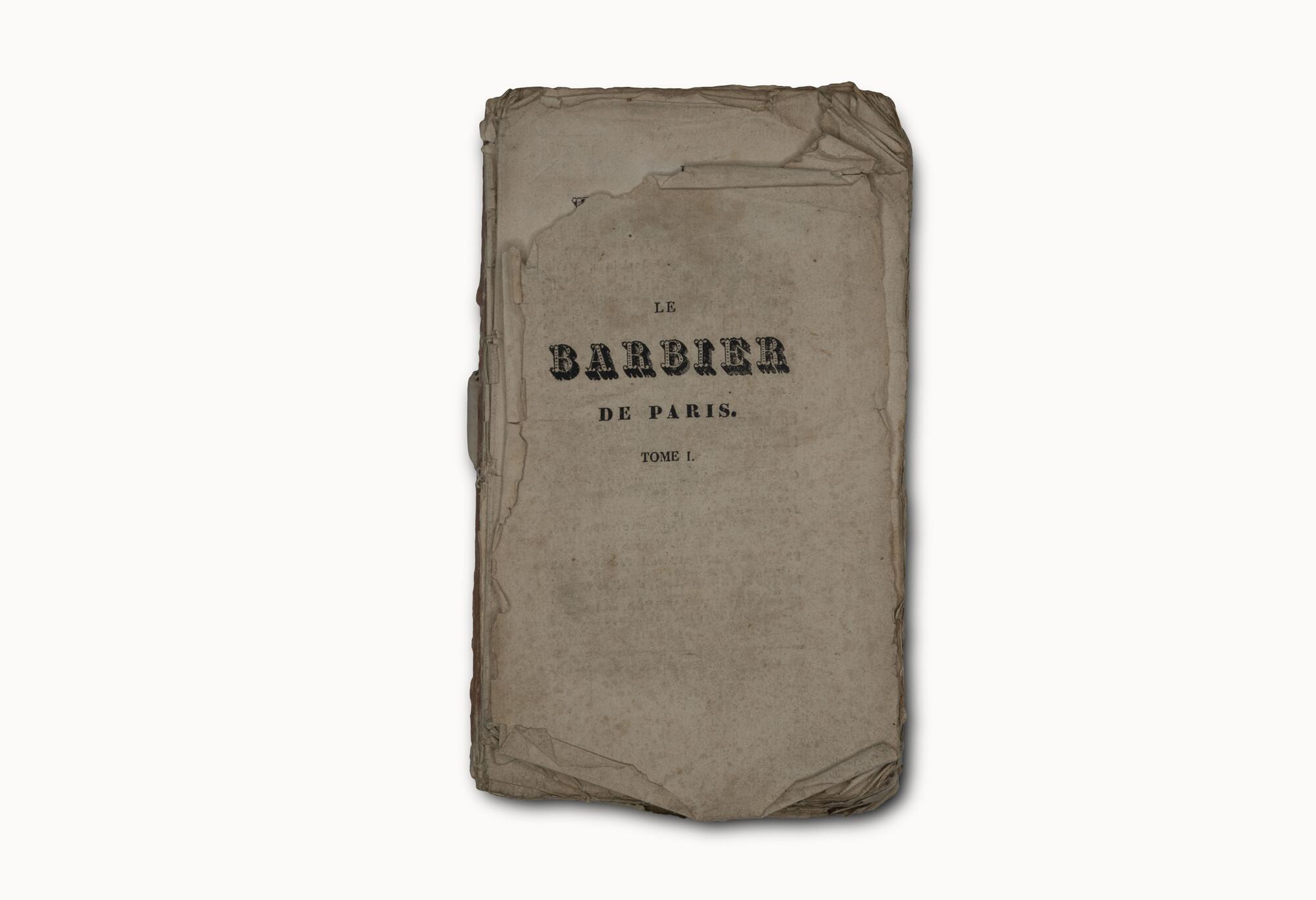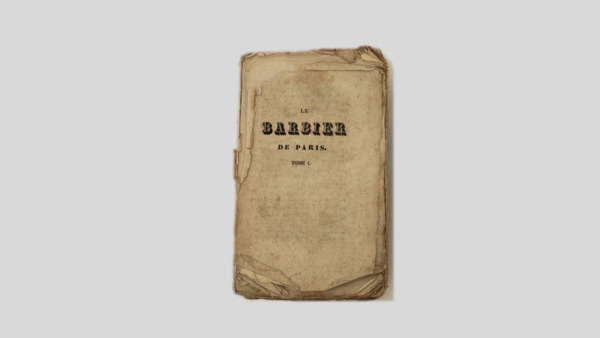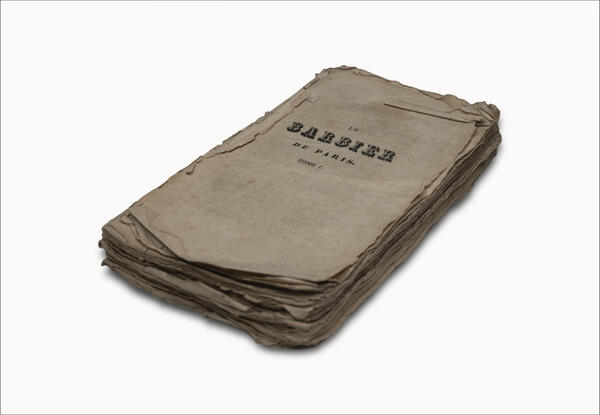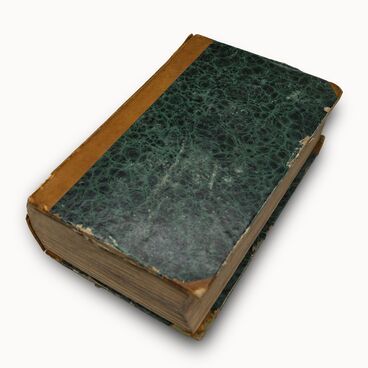Charles Paul de Cock was a French novelist and playwright. His father was a Dutch banker who was executed by guillotine in 1794 during the Reign of Terror in France. In 1820, Charles Paul de Kock started working on an extensive and successful series of novels about Parisian life called “Georgette, or the Notary’s Niece”. De Kock’s works were very popular in Russia.
The name of Paul de Kock was mentioned numerous times by Fyodor Dostoevsky in his novels, such as “The Gambler”, for example,
The name of Paul de Kock was mentioned numerous times by Fyodor Dostoevsky in his novels, such as “The Gambler”, for example,




